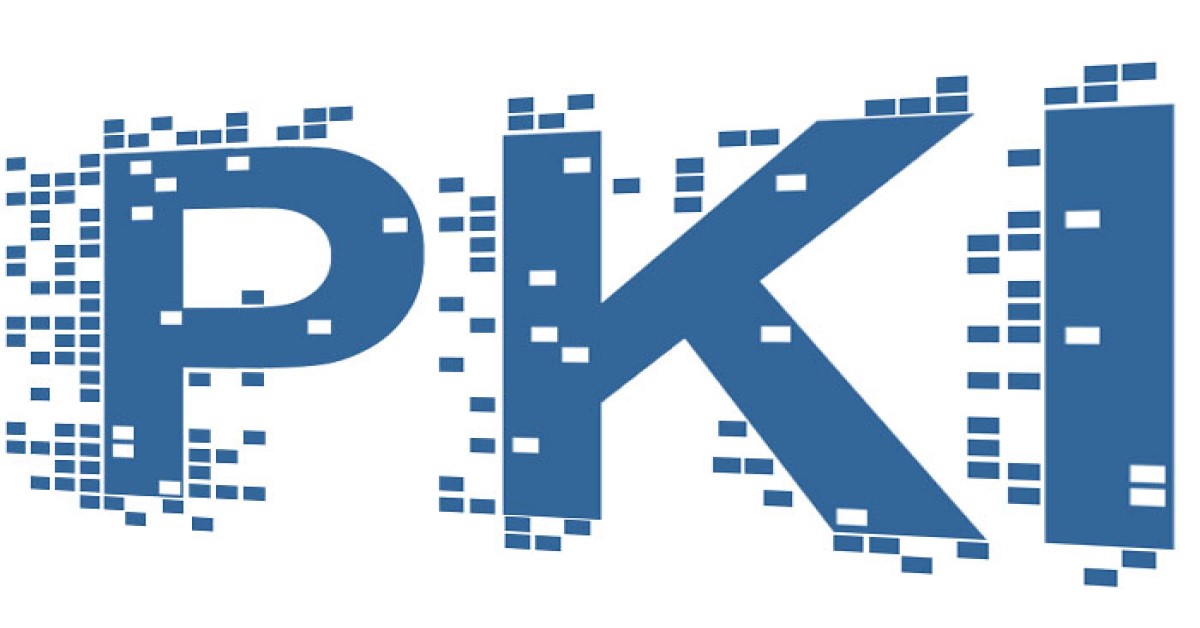SSL Certificate
Deploy an SSL certificate to enable HTTPS encryption of websites, trusted identity authentication and prevent against data leaks or tampering during transmission.
Get SSL Certificate >Blog > What is PKI and How Does It Work? – A Beginner’s Guide
Tag:
PKI
Digital Certificate
UCM
4283:0
CatherineAugust 15 2023

Security concerns have taken center stage as more and more of our daily activities move online in today's digital business environment. From sensitive personal information to critical business data, the need to protect this data from unauthorized access has become paramount. This is where Public Key Infrastructure (PKI) steps in, offering a robust framework for securing digital communications and transactions. In this article, we will introduce what PKI is and how it provides a secure digital environment.
At its core, Public Key Infrastructure (PKI), is a comprehensive system or security framework that enables secure communication and authentication over the internet. It uses a combination of cryptographic techniques to ensure the confidentiality, integrity, and authenticity of data exchanged between parties in a digital environment. PKI relies on the use of digital certificates and cryptographic keys to achieve these security goals.
The primary purpose of PKI is to issue "digital IDs" for online identity verification, ensuring accuracy when communicating with one another. However, self-generated "digital IDs" are not acceptable as proof, necessitating the issuance by a trusted authority. Simultaneously, safeguarding one's "digital ID" is imperative.
In the realm of PKI, this "digital ID" is referred to as a digital certificate, issued by a Certificate Authority (CA), a trusted entity. Additionally, encryption of communication content using technologies like public and private keys is vital. These three components collectively form the core components of PKI.
1. Digital Certificates: These certificates, issued by the CA, contain information about the certificate holder, their public key, expiration date, and the digital signature of the CA. Digital signatures ensure the authenticity and integrity of the certificate.
2. Certificate Authority (CA): The CA is a trusted entity responsible for issuing digital certificates. These certificates bind an individual's or organization's identity to a public key, validating the legitimacy of the associated public key.
3. Public and Private Keys: Asymmetric encryption relies on a pair of keys – a public key that is widely distributed and a private key that is kept secret. Data encrypted with a public key can only be decrypted with the corresponding private key, and vice versa.
The working principle of PKI involves utilizing public key encryption (asymmetric encryption) for encrypting and decrypting digital data. Within PKI, each user possesses a pair of keys, namely a public key and a private key. When a user intends to transmit encrypted data to another user, they employ the recipient's public key to encrypt the data. The recipient then utilizes their private key to decrypt the data. This process ensures that only the intended recipient can access the information.
- Security: PKI offers robust encryption techniques that protect data from unauthorized access, ensuring sensitive information remains confidential.
- Authentication: Digital certificates provide a reliable way to authenticate users and entities, reducing the risk of impersonation and fraudulent activities.
- Data Integrity: Through digital signatures, PKI ensures that data hasn't been altered during transit, providing data integrity assurance.
- Non-Repudiation: Digital signatures also enable non-repudiation, meaning senders cannot deny sending a message, as their digital signature provides proof of their involvement.
- Scalability: PKI's hierarchical structure allows for the efficient management of a large number of digital certificates across diverse applications.
PKI is widely used across various domains, including:
Secure Web Communication (HTTPS): PKI plays a pivotal role in securing web communication through the implementation of HTTPS (Hypertext Transfer Protocol Secure). Websites use SSL/TLS certificates, which are a form of digital certificates, to establish a secure encrypted connection between users and web servers. This ensures that data exchanged, such as personal information and credit card details during online transactions, remains encrypted and protected from eavesdropping.
Email Encryption: PKI is employed to encrypt email communication, ensuring that only the intended recipient can read the content. S/MIME certificates prevent a growing number of sophisticated attacks on email users and infrastructure. By encrypting and decrypting email information and attachments, verifying the identity of the sender, the S/MIME certificate ensures the validity of the email and prevents the email from being tampered with.
Digital Signatures: PKI enables the use of digital signatures to verify the authenticity and integrity of digital documents. By digitally signing a document with their private key, the sender can prove their identity and ensure that the document hasn't been altered since it was signed. This is widely used in legal contracts, electronic forms, and official documents.
Code Signing: Software developers use PKI to digitally sign their software code, ensuring that users can verify the source and integrity of the code before installation. This helps users avoid downloading malicious or tampered software.
Document Encryption and Protection: Beyond emails, PKI is used to encrypt and protect sensitive documents. This is particularly important in industries like healthcare and finance where confidentiality and data protection are paramount.
User Authentication: PKI is employed for secure user authentication in various systems. Smart cards, USB tokens, or mobile devices can hold digital certificates that authenticate users when they access networks, databases, or physical locations. This adds an extra layer of security beyond traditional username/password authentication.
Digital certificates are essential PKI components, but managing SSL/TLS certificates has always been a tedious task. To reap the benefits of PKI, company must effectively deploy a Certificate Lifecycle Management for users and system to manage certificates.
Unified Certificate Manager (UCM) is a user-friendly digital certificate lifecycle management system developed by NicSRS. It supports cloud, on-premises, and hybrid deployment models, and provides a range of operations such as applications, deployments, monitoring, alerts, and renewals. UCM also supports API automatic application and download of certificates, automatic SSL certificate monitoring, recycling, re-update, and other operations for full life cycle management services. This helps enterprises avoid outages and breaches caused by incorrect usage or renewal of certificates.
PKI plays a crucial role in securing digital communication, enabling trust in online transactions, and protecting sensitive information. Through the use of asymmetric cryptography, digital certificates, and robust verification processes, PKI establishes a secure framework that safeguards the confidentiality, integrity, and authenticity of data in the digital realm. As technology continues to evolve, PKI remains a cornerstone of modern cybersecurity strategies, ensuring that the digital world remains safe and reliable.
RELATED
2025-10-16 11:03:19
2025-09-23 15:00:41
2025-09-16 16:27:42
2025-09-16 15:17:24
2025-09-09 14:31:47
Categories

Free SSL Tools
Top Posts
Comments